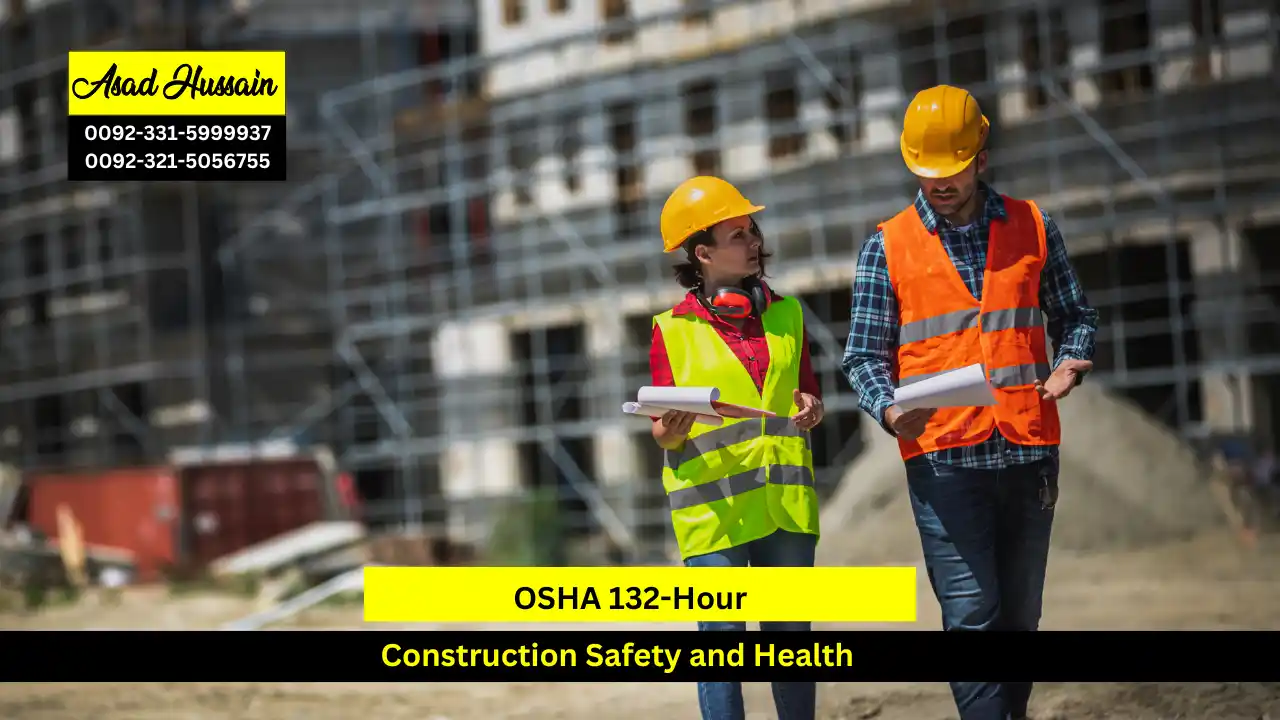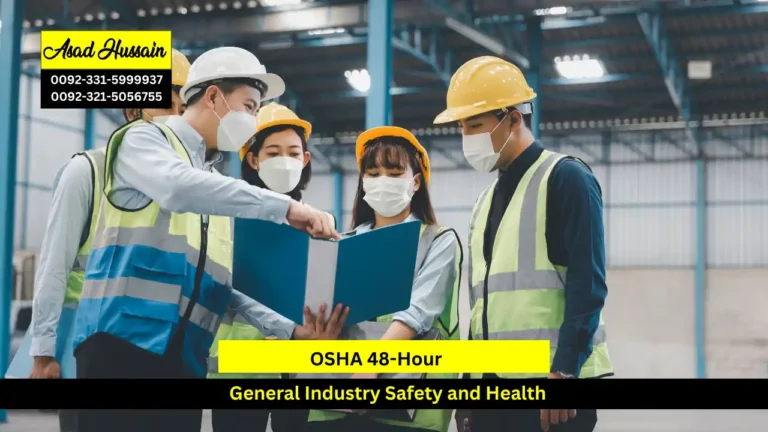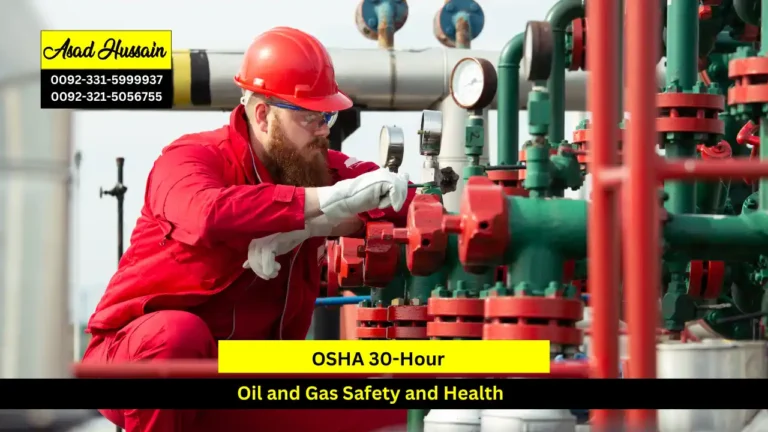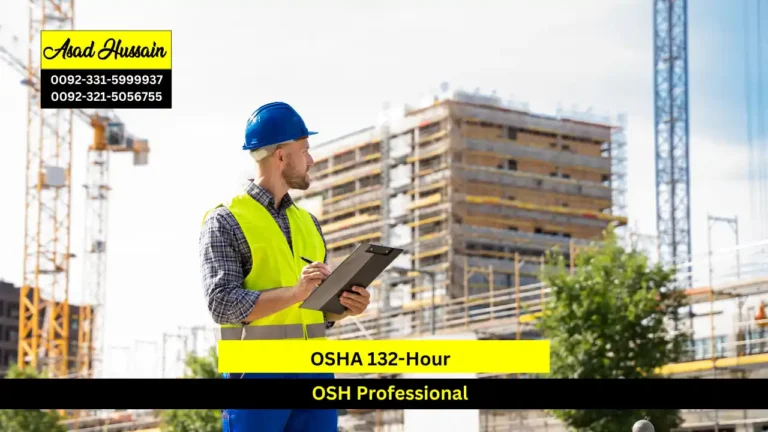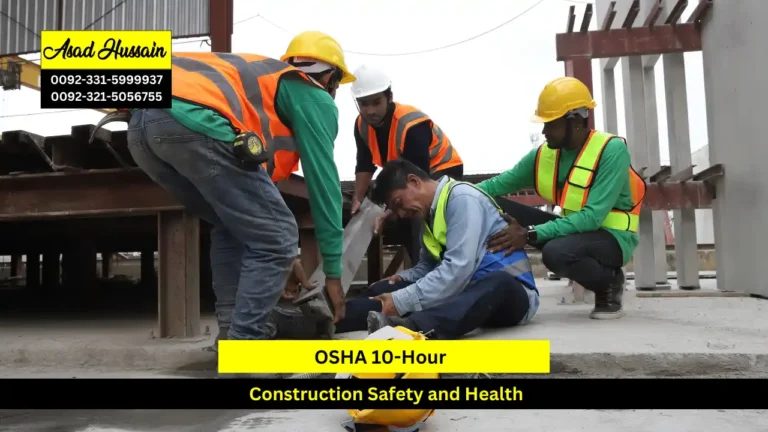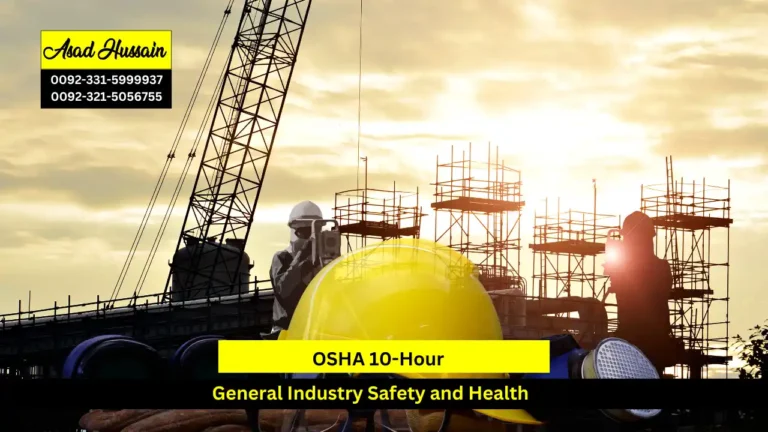In the bustling world of construction, safety is paramount. The Occupational Safety and Health Administration (OSHA) has established rigorous standards to ensure that workers are protected from hazards that can lead to serious injury or even fatalities. One of the comprehensive training programs available for construction professionals is the OSHA 132-Hour Construction Safety and Health program. This extensive course is designed to provide in-depth knowledge and practical skills to enhance safety and health on construction sites.
In the bustling world of construction, safety is paramount. The Occupational Safety and Health Administration (OSHA) has established rigorous standards to ensure that workers are protected from hazards that can lead to serious injury or even fatalities. One of the comprehensive training programs available for construction professionals is the OSHA 132-Hour Construction Safety and Health program. This extensive course is designed to provide in-depth knowledge and practical skills to enhance safety and health on construction sites.
The OSHA 132-Hour Construction Safety and Health program is ideal for construction site managers, safety officers, supervisors, and other personnel responsible for ensuring safety and compliance on construction sites. It is also beneficial for anyone looking to advance their career in the construction industry with a focus on safety.
The OSHA 132-Hour Construction Safety and Health program is a vital resource for those committed to enhancing safety and health on construction sites. By providing comprehensive training in OSHA standards, hazard identification, emergency response, and practical application, this program equips construction professionals with the tools they need to create safer work environments. Investing in this training not only helps protect workers but also contributes to the overall success and efficiency of construction projects.
Program Highlights
Mandatory Units
- Introduction to OSHA and Construction Safety
- Regulatory Compliance in Construction
- Hazard Identification and Risk Assessment
- Process Safety Management (PSM)
- Emergency Preparedness and Response Planning
- Health Hazards in Construction
- Environmental Protection and Sustainability
- Safety Leadership and Culture
- Advanced Personal Protective Equipment (PPE)
- Safety Training and Education
- Contractor and Vendor Safety Management
- Regulatory Compliance and Auditing
- Educational Background: A high school diploma or equivalent is generally recommended. Some programs may accept candidates with relevant work experience in lieu of formal education.
- Professional Experience: Prior experience in the construction industry or a related field is beneficial, though not always mandatory. Some programs may require or prefer candidates to have a basic understanding of construction practices and safety protocols.
- Age Requirement: Candidates should be at least 18 years old, as the course involves advanced safety topics relevant to adult learners.
- Language Proficiency: Proficiency in English is often required to ensure understanding of course materials and effective communication during the program.
- Technical Requirements: Access to a computer with internet capability may be necessary for any online components of the course, including accessing course materials and participating in virtual sessions.
- Health and Safety: Some programs might require a basic health assessment to ensure that students can physically handle the practical aspects of the course, especially if it involves on-site training.
Introduction to OSHA and Construction Safety
- Understand the purpose and scope of OSHA regulations and their application in the construction industry.
- Identify the roles and responsibilities of OSHA, employers, and employees in maintaining workplace safety.
- Explain the key elements of the OSHA Act and its impact on construction safety practices.
Regulatory Compliance in Construction
- Describe major OSHA regulations and standards relevant to construction safety.
- Demonstrate the ability to interpret and apply OSHA standards in various construction scenarios.
- Assess compliance with OSHA regulations and identify areas for improvement in construction safety practices.
Hazard Identification and Risk Assessment
- Develop skills to systematically identify potential hazards in the construction environment.
- Conduct risk assessments to evaluate the severity and likelihood of identified hazards.
- Propose appropriate control measures to mitigate or eliminate risks.
Process Safety Management (PSM)
- Explain the principles and components of Process Safety Management as they apply to construction projects.
- Identify key elements of PSM programs and their role in preventing accidents and incidents.
- Apply PSM principles to assess and manage risks associated with hazardous materials and processes.
Emergency Preparedness and Response Planning
- Develop and implement emergency response plans for various construction scenarios.
- Recognize the importance of emergency preparedness and the roles of different personnel during emergencies.
- Evaluate the effectiveness of emergency response plans and make necessary improvements.
Health Hazards in Construction
- Identify common health hazards in the construction industry, including exposure to harmful substances and physical stressors.
- Assess the impact of health hazards on workers and implement measures to control or mitigate health risks.
- Promote practices and policies to enhance workers’ health and well-being on construction sites.
Environmental Protection and Sustainability
- Understand environmental regulations and best practices for sustainability in construction.
- Identify methods to minimize environmental impact and promote sustainable construction practices.
- Implement strategies for managing waste, reducing emissions, and conserving resources.
Safety Leadership and Culture
- Explore the role of leadership in fostering a positive safety culture in construction.
- Develop strategies for effective safety communication and leadership.
- Assess and improve safety culture within construction teams and organizations.
Advanced Personal Protective Equipment (PPE)
- Identify and select appropriate PPE for various construction tasks and hazards.
- Demonstrate proper use, maintenance, and inspection of advanced PPE.
- Evaluate the effectiveness of PPE in protecting workers and preventing injuries.
Safety Training and Education
- Design and deliver effective safety training programs for construction workers.
- Evaluate the effectiveness of safety training and make improvements as needed.
- Promote continuous learning and development to enhance safety knowledge and practices.
Contractor and Vendor Safety Management
- Implement safety management practices for contractors and vendors working on construction sites.
- Develop criteria for evaluating contractor safety performance and compliance.
- Manage safety relationships and communication between contractors, vendors, and construction teams.
Regulatory Compliance and Auditing
- Conduct safety audits to ensure compliance with OSHA regulations and internal safety policies.
- Develop and implement corrective actions based on audit findings.
- Understand the audit process and its role in maintaining regulatory compliance and improving safety practices.
The OSHA 132-Hour Construction Safety and Health course is designed for construction professionals, safety officers, and managers who are responsible for maintaining and enhancing safety standards on construction sites. This course is ideal for individuals seeking to deepen their understanding of OSHA regulations and their application to construction safety, including those aiming to advance their careers in safety management. It is also suitable for project managers, site supervisors, and contractors who need to ensure compliance with safety regulations and effectively manage health and safety risks. By providing comprehensive training in hazard identification, regulatory compliance, and emergency preparedness, this course equips participants with the essential skills to foster a safe and compliant work environment in the construction industry.

